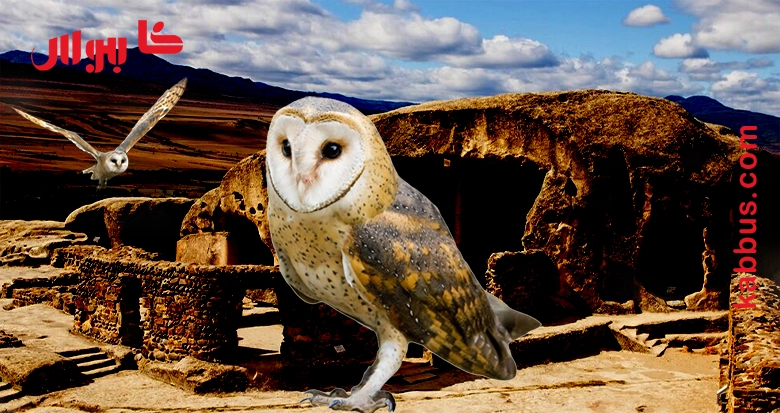Once upon a time, there was a bird flying in the sky, covered with brown feathers and sharp vision, often seen at night, carrying in its eyes secrets that not everyone could understand. This bird was called the owl, but it was not just an ordinary owl; it was surrounded by myths and beliefs in various parts of the world. Its story traveled from culture to culture, continuing to cross time and place.
In a faraway land, the owl in ancient Greek civilization was a symbol of the goddess Athena, the goddess of wisdom and philosophy. It was depicted flying alongside her, as if it were a harbinger of insight and deep understanding. It is said that philosophers and scientists believed that seeing it meant that wisdom had descended upon them, and that the owl was their guide on the path of knowledge. It moved from place to place, guarding people's minds and inspiring them with its exceptional ability to see and think deeply.
In the heart of the American continent, the owl carried messages from the other world. In some Native American tribes, it represented a powerful spirit that saw beyond the apparent. If an owl appeared in the sky, it was a warning of imminent danger. But in other tribes, it was considered a healer and a symbol of spiritual wisdom, where its soft voice at night was thought to be a call for calm and inner peace.
In Africa, in some cultures, the owl symbolized wisdom that comes with age. Its voice at night was believed to carry signals from spirits, as if warning of upcoming events or guiding people in times of crisis. In those communities, the owl was considered a spiritual companion, guiding people when they found themselves at a crossroads in life.
In China, the owl was a symbol of bad luck. In Chinese mythology, it was believed that seeing an owl meant that something bad was about to happen soon. However, it had another side where it was said to protect against evil spirits, making it a complex character with a dual nature.
As time passed, the myths did not stop evolving, with new elements added with each new culture. In some modern societies, the owl is considered a symbol of the ability to adapt to difficult circumstances, with the belief that those who witness its appearance can overcome tough times thanks to its wisdom and resilience. Thus, the owl became a symbol of change and transformation, showing how an ancient symbol can remain alive in cultural memory from generation to generation.
The myths of the owl in various cultures show us how one bird can travel through time and place to carry multiple meanings. From wisdom to caution, from hope to warning, the owl remains a complex symbol in the imagination of peoples. Its interpretation may vary from place to place, but in the end, this nocturnal bird represents a part of the cultural heritage that connects people and provokes questions about life, spirit, and the unknown.
The owl is not just a bird but a key to understanding the mysterious nature that surrounds us, an eye that watches the darkness and anticipates the future, carrying lessons and insights for future generations.
Owl in beliefs

